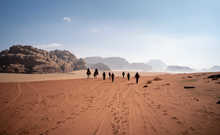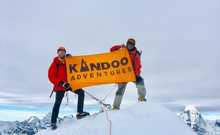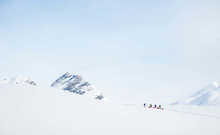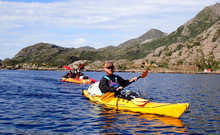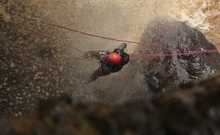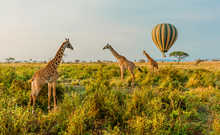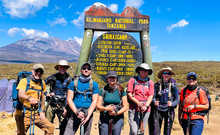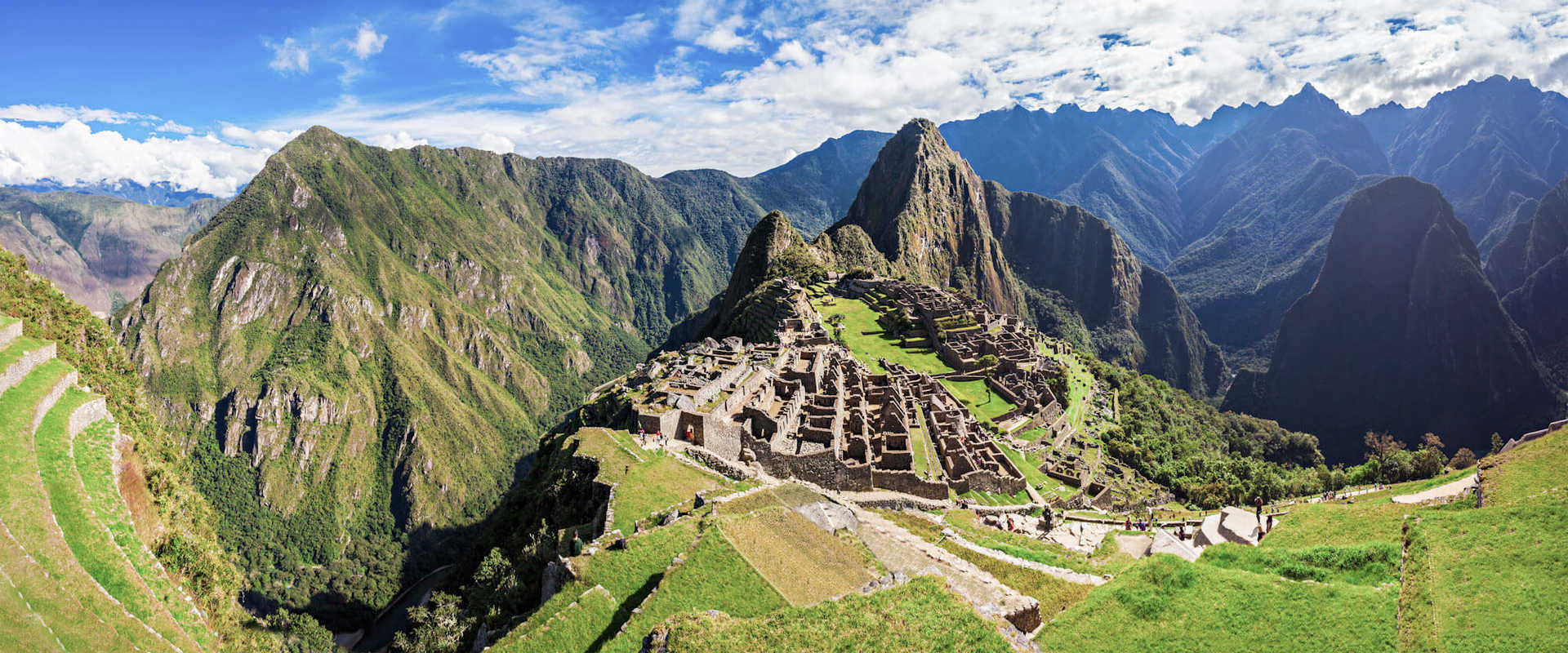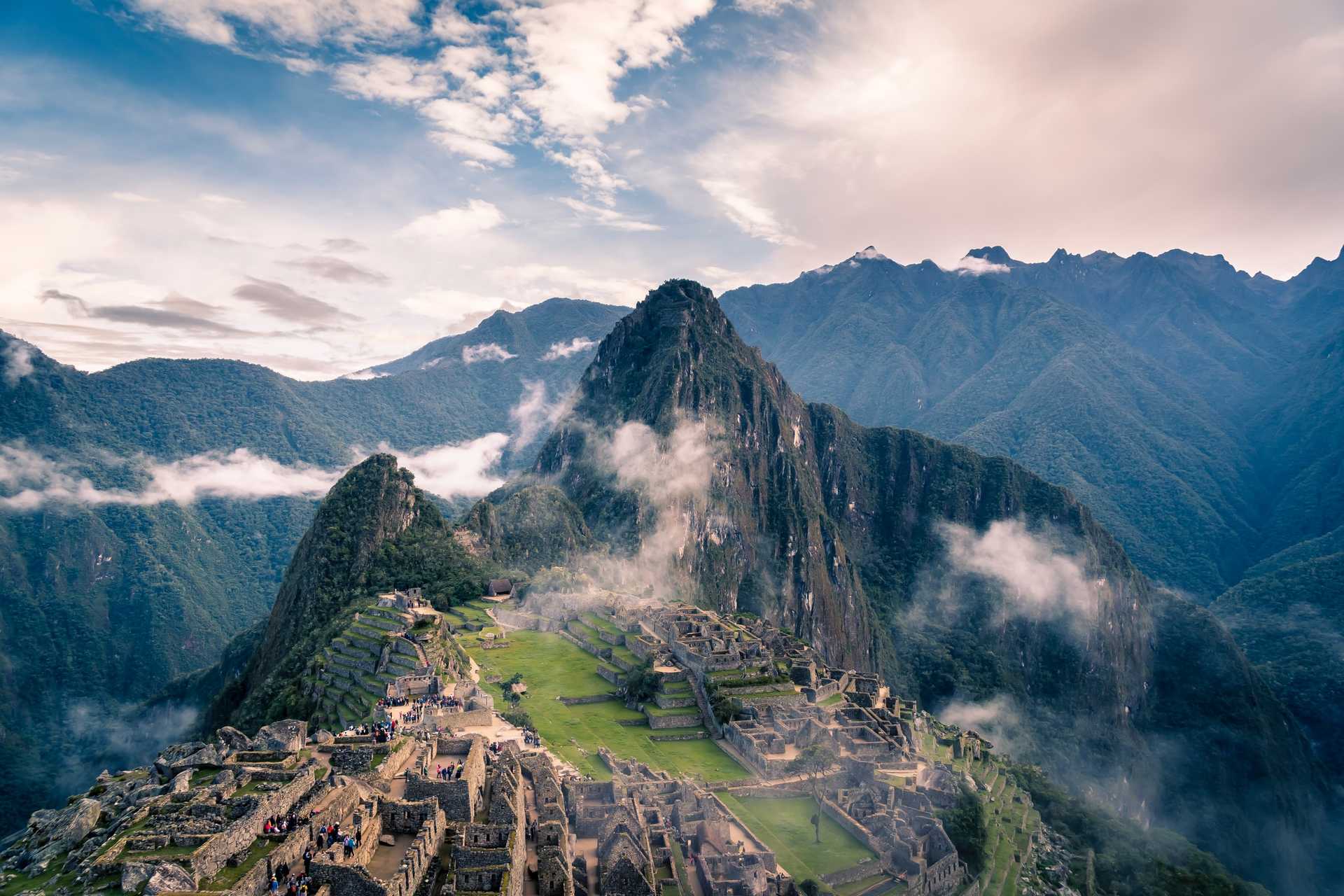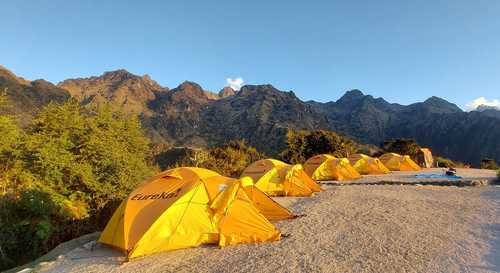
Geography
The city of Machu Picchu is 80 kilometres or 50 miles northwest
of Cusco and is the most recognisable site of the Incan Empire. The forests and
slopes outside of the city are home to many Incan ruins and those who journey
here along the Inca Trail or other trekking routes to Machu Picchu will find
themselves spotting hidden structures and remains throughout this important archaeological
landscape.
With an impassable mountain to its rear and covered on three
sides by steep cliffs down to the river below, Machu Picchu sits in a
defensible position high in the Andes. Flanking the city there are stone
terraces with retaining walls which have helped preserve Machu Picchu from the
the strain of rainwater runoff, soil erosion, high winds and earthquakes, a
feat of engineering by the Inca people. It is estimated that around 60% of the construction
of Machu Picchu is actually underground in the form of drainage, foundations
and canals which were erected to protect the city from excessive rainfall and
possible movement from fault lines underneath the mountains here.
